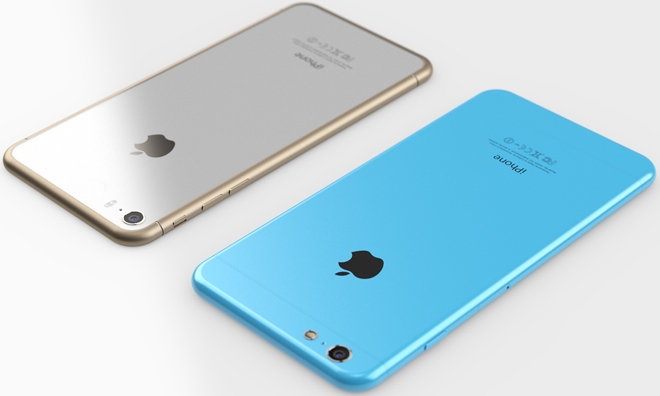5 Myths you should know about the iPhone

After reviewing some urban legends, we assembled some myths about the iPhone and its history that we are going to share with users. Since it was presented in 2007, the iPhone has been surrounded by many “magic halos” in all its iterations. Some of them were caused by words of Steve Jobs, but many others are just urban legends that have been assuming as true. Despite that Goebbels said, a lie repeated a thousand times does not become truth, so today we are reviewing some myths about the iPhone.
The iPhone was not the first to file a “Retina” display
Contrary to what one might think and what Steve Jobs said in his day (“we have not seen anything like this on a mobile device”), the “Retina” display on the iPhone 4 was not the first in the market. And he put in quotes because Retina itself was the first with that trade name. It was not, though, the first screen of a mobile device to exceed 300 pixels per inch. If we go back to February 2010, we find that the Toshiba Portege G900 had a panel WVGA 800 x 480, with 311 pixels per inch surprisingly went for the first time to the magic figure marked by Jobs.
But it was not the only one. With the new name for the range of up to these days, Xperia, Sony Ericsson got the same sum in the Xperia X1. Obviously, the improvements introduced the iPhone 4 in LCD panels were far beyond a simple value, but it was not the first to overcome it. Three years later, if it was, however, the growth driver solving all terminals of competition.
The iPhone was not the first to submit a capacitive screen
When the iPhone was introduced in 2007, we all marveled at the large touch sensitivity of the screen because until then it was common to use smartphones with touch stylus for resistive screens fundamentally much less quality. In this presentation extracted for the iPhone was the first to assemble a panel of these features. A few months ago, if we talk about the first phone the LG Prada. This does not mean that the interface of the LG Prada was as friendly as the iPhone, or the screen may be of the same quality, but again, saying that the iPhone wasn’t the first to make it.
The iPhone is not the first to release multi-touch
In this mythical presentation, the newly learned concept such as pinch-to-zoom came through the ability to press more than one finger at a time. It is what known as multi-touch technology. The iPhone was the first mobile device to bring but was not anything really new for the market. In February 2006, Jeff Han demonstrated in TED conference possibilities of new technology, including something not called pinch-to-zoom but in practice it was. Interestingly, Han sold his company to Microsoft. Surely this is another myth about the iPhone.
Steve Jobs did not say “3.5 inches is a perfect size”
Jobs never said that phrase literally, although let another lapidary as “nobody will buy a big phone.” What Apple has always defended, and this year has failed to defend the use of the iPhone with one hand. In fact, the reason was not for extending more at the time the size of the iPhone 5 (4 “compared to 4.8” of a Galaxy S3).
The iPhone has a bad hardware, but very well optimized
The iPhone does not have four or eight cores, but its hardware is mediocre. A false myth about the hardware of iPhone but the reality is that since Apple began to design its SoCs in 2010 with the A4, the chips have always been of the highest quality presenting the latest technology available on mobile processors. It is true that A4 PowerVR SGX535 GPU carried a front SGX540 Hummingbird Galaxy S, but from there, the Apple SoCs have been beasts, from a dual-core presenting A5 and SGX543MP2, surpassing widely competition of the year 2011. Finally, remember that the iPhone 5S was the first handset to carry a chip of 64 bits, that’s why doesn’t seem very mediocre.